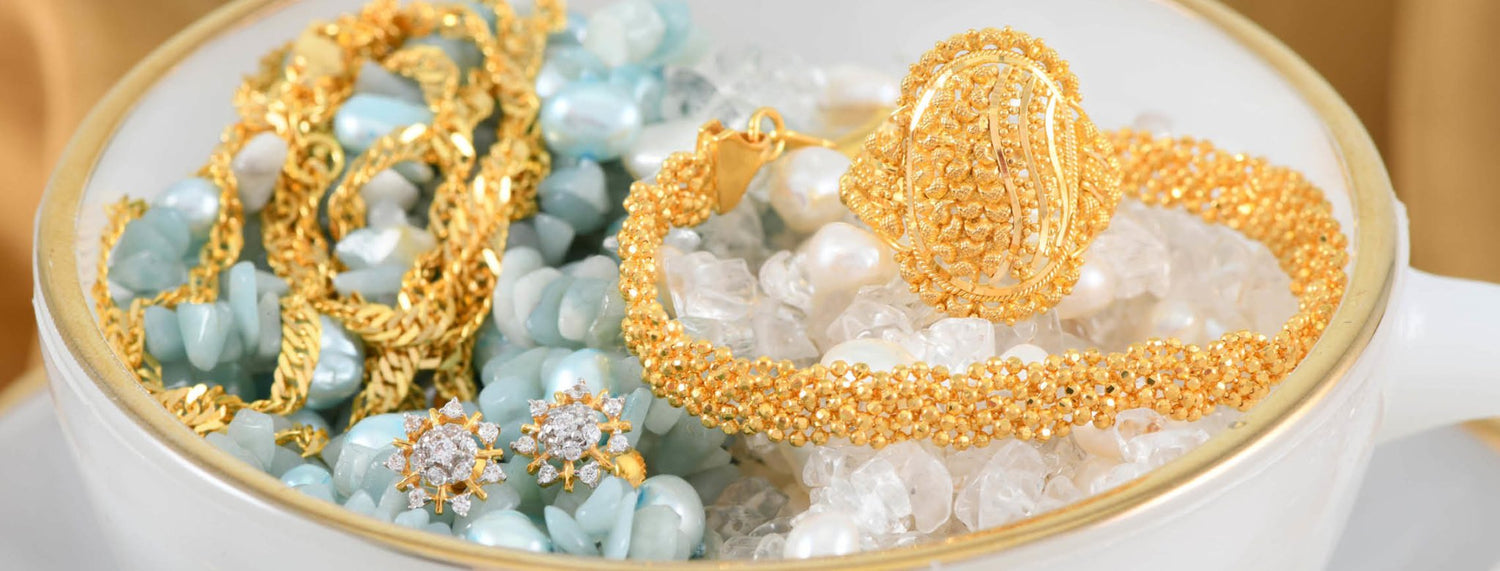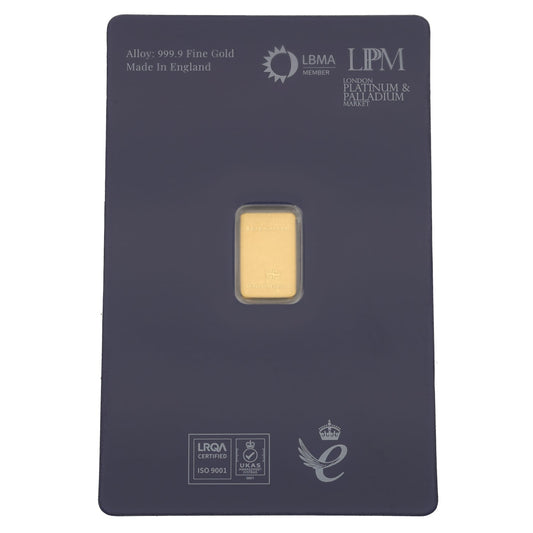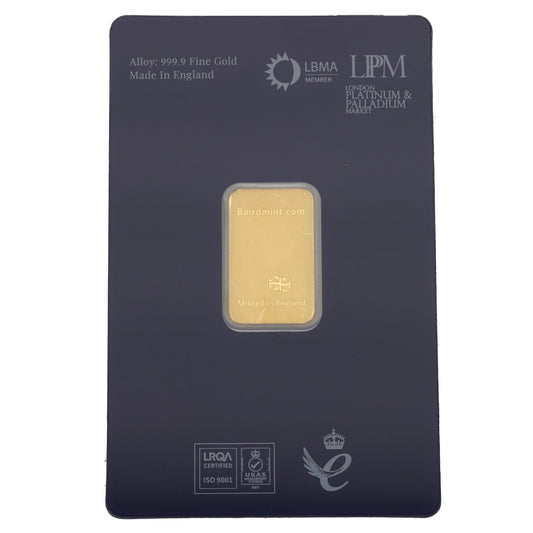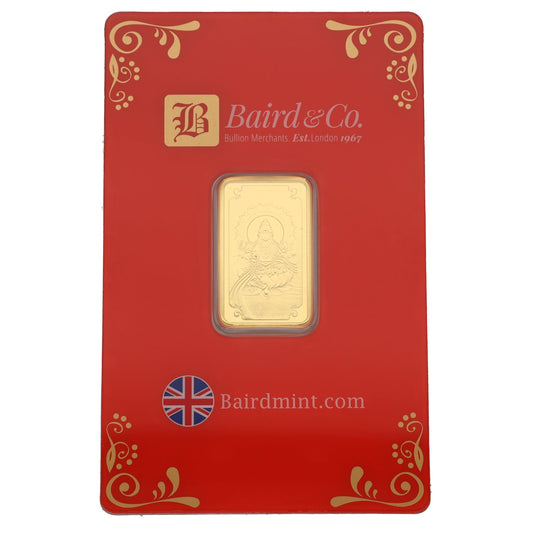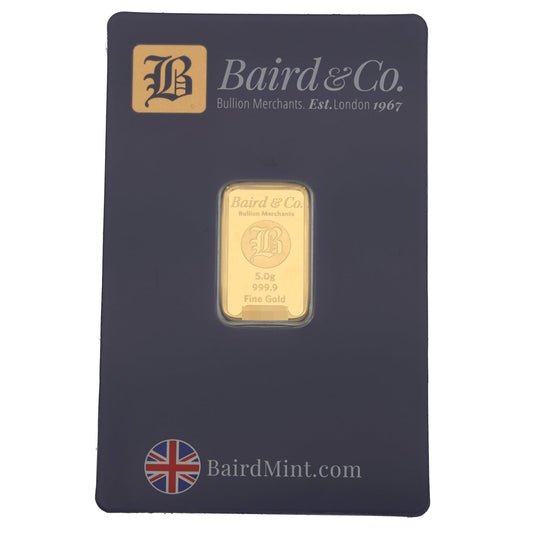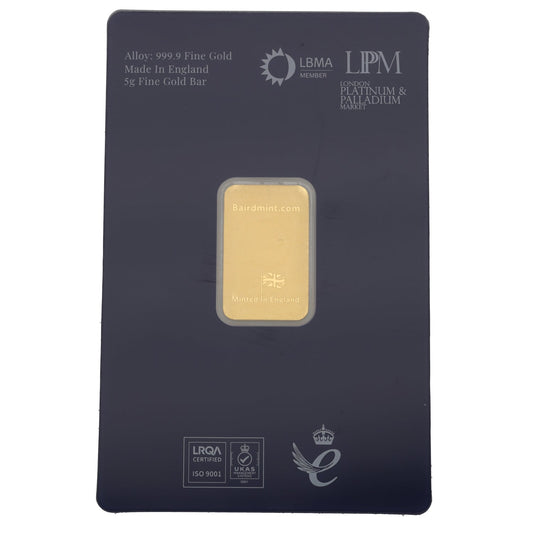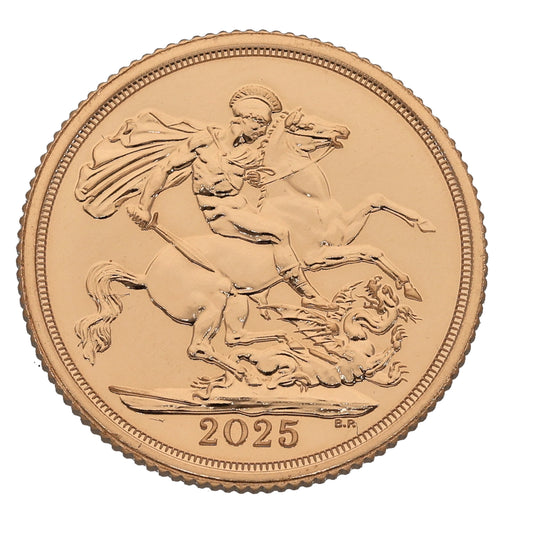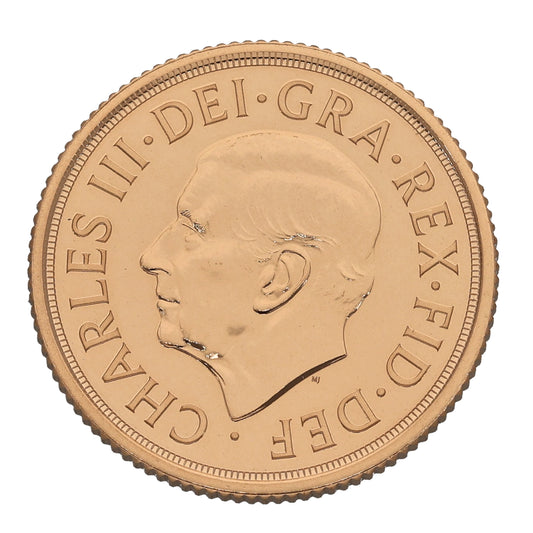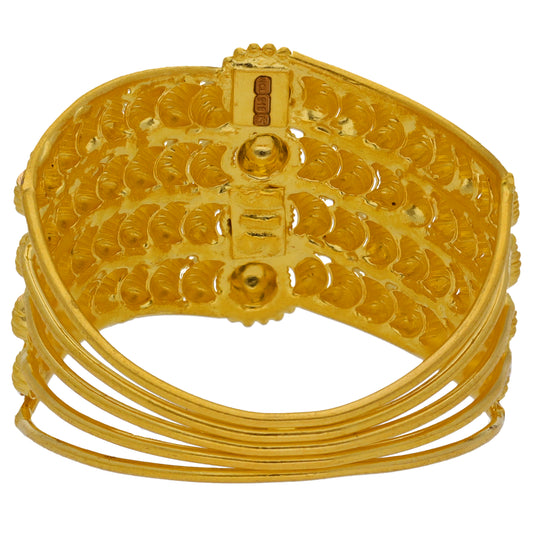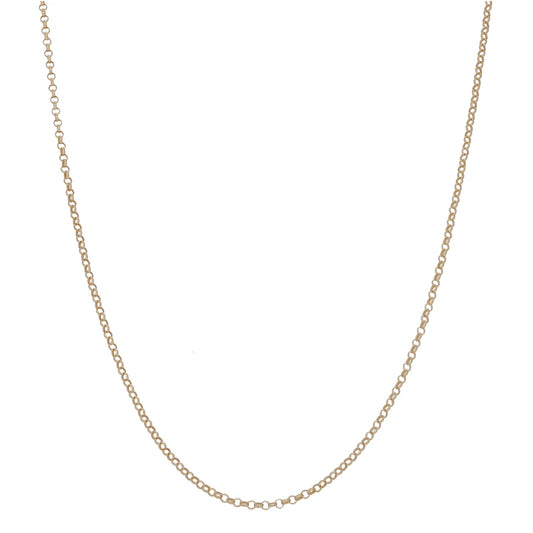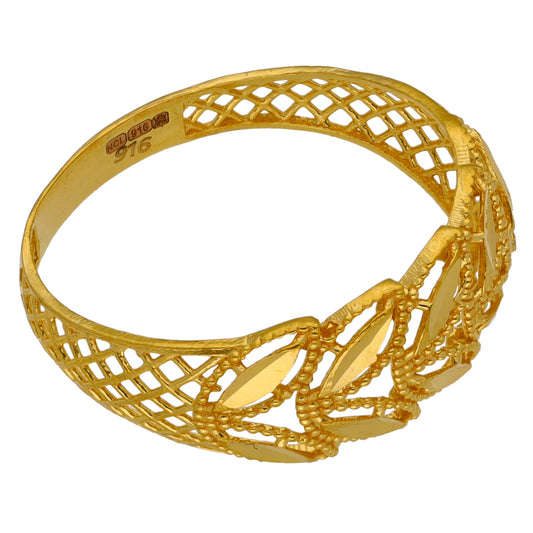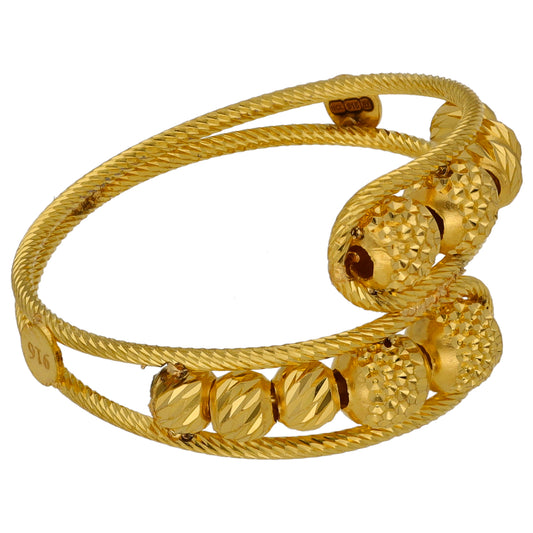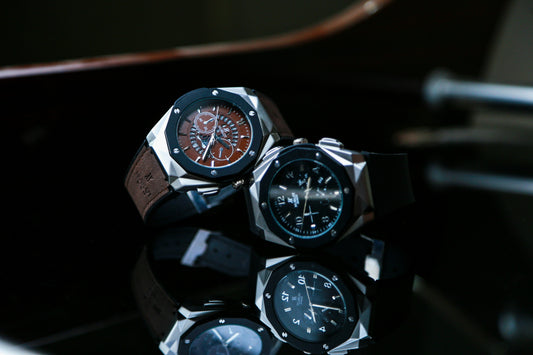Whether you want to decorate your living room or spruce up your bedroom, kitchen or hallway – there are plenty of affordable ideas right here in our handy guide to interior design on a budget.
Collect Inspiration
Sometimes you want to update your living space but it’s hard to know where to begin. While you may think you already know what you want, it really helps to have a clear idea of what you like and what your goals are before you make any purchases. To ensure money isn’t wasted on design elements that aren’t quite right, professional interior designers create mood boards.
You don’t have to go all out with magazines and glue to create a mood board. Saving images into a dedicated file or using a site like Pinterest is a stress- and mess-free way to collect your ideas in one place. This way, you can see if certain colours or themes work together beforehand, and you’ll have a much better idea of where to start.
Top mood board tips:
- Look at what people have done with similar spaces – if you only look at large, mansion-type properties when you’re trying to decorate a one-bedroom flat, you’ll miss a lot of relevant ideas
- Take a close look at the interior design images you like the most. What ties them together? Is it a particular colour, or is it to do with lighting or a certain style of furniture?
- Don’t just use images you find online – if something inspires you out in the real world, take a picture!

Rearrange Your Furniture
Before adding new design elements or changing your colour scheme, consider rearranging your furniture. Even small spaces can benefit from a revamp.
Where space is available, you could move larger pieces of furniture (like bookcases or sofas) to create cosier areas. Make sure you have help to move heavier items and don’t be afraid to keep moving things until you’ve found the right configuration.
If you want to create more space, getting rid of rarely-used, old or broken furniture can make a big difference to any room. Plus, if you’re able to sell what you no longer want you could make some extra money to help pay for further decorating.
Consider Covering Up
It can feel demoralising if your current furniture doesn’t quite fit in with your interior design ideas. It may be the wrong style, the wrong colour, or perhaps it’s made of the wrong type of wood. Rather than have to deal with the expense of replacing everything, there’s a lot you can change if you’re willing to put in a little time.
With wood items, you can sand them and then either paint over with a new colour, or use a wood stain to get a more suitable shade. Upholstered furniture can be updated with throws, blankets and decorative cushions. Even walls that need some TLC can be covered up with beautiful wall-hangings, pictures or decals. Covering up what you don’t like is much cheaper than buying new furniture, and can also act as a temporary uplift while you plan more permanent design solutions.
Anchor the Room
If you have a limited budget, it can sometimes make more sense to go all out on one big change, rather than spend the money on multiple interior decorating ideas at once.
You can make a striking difference to the look of a room by changing just one main feature, like curtains/blinds, flooring, or the wall colour. Consider creating a feature wall or just painting the door if you’re unsure about changing the colour of the whole room, or find a piece of art which brings your existing style together.
Floors can be updated by changing carpet to wood or laminate flooring, or vice versa. For more cost-effective options, a large rug in a bright colour or attractive design is often all you need to create a real impact.
If you have a lot of windows - or one large one- in a room, then your curtains or blinds are going to be a focal point whether you like it or not. For this reason, it’s always worth investing in something that you love, which is the right size and provides the right level of privacy.

Introduce Light & Foliage
There are two things that can really add the wow factor to a room – light and houseplants. The right lighting and the right foliage will make a huge difference.
Lighting
Make the most of any natural light by allowing it to flow into the room. Be aware of where larger furniture items are placed so they don’t block the light, and consider curtains in a thinner fabric or using decorative privacy film to allow more of it through.
Illuminate recesses and corners with lamps, or create a feature with fairy lights, ‘neon’ wall art or light boxes. This can create some really cosy areas and help to bring focus to areas of the room you like the best. If you have high ceilings, make the most of the space with hanging lampshades. Wall-mounted lights can make a big difference for smaller spaces, especially where surface space is at a premium.
Foliage
Houseplants don’t just look great in the home; some types, like spider plants and aloe vera, will also absorb toxins and add more oxygen to the air. Not only that, but houseplants have been proven to boost mood and productivity as well, making them one of the more useful interior design items.
Important: Some houseplants and flowers are poisonous to cats and dogs. If you have pets in the home, check with your vet or do some online research prior to buying anything. Some ‘pet safe’ houseplants include spider plants and African violets.
If you’re not great at keeping plants alive or you’re worried about your pets, you can always opt for fake versions. Fake plants used to be very obvious (and often tacky) replicas of the real thing, but these days you can get some very realistic alternatives which look fantastic.
Give small spaces a lift with hanging plants which trail down. These are great for the corners of the room, or on the edge of shelves. This way, you don’t need to take up any surface space, which may be at a premium in smaller abodes.
Finally, it’s also good to bring in seasonal plants throughout the year to display in vases or small jars. If you have a garden, this could be flowers and greenery you’ve grown yourself. You could also pick wildflowers from footpaths and public areas near you – although please check permissions first, as some wildlife reserves or protected areas may not allow this.

Go with your instincts
No matter what you begin with when making interior design changes to your home, it’s important to be fully happy with each purchase and decision. Trust your gut feeling and try not to be swayed by the opinions of others: this is your home and if you like a certain style, then go for it. There’s something out there for every taste and budget – so what are you waiting for?
